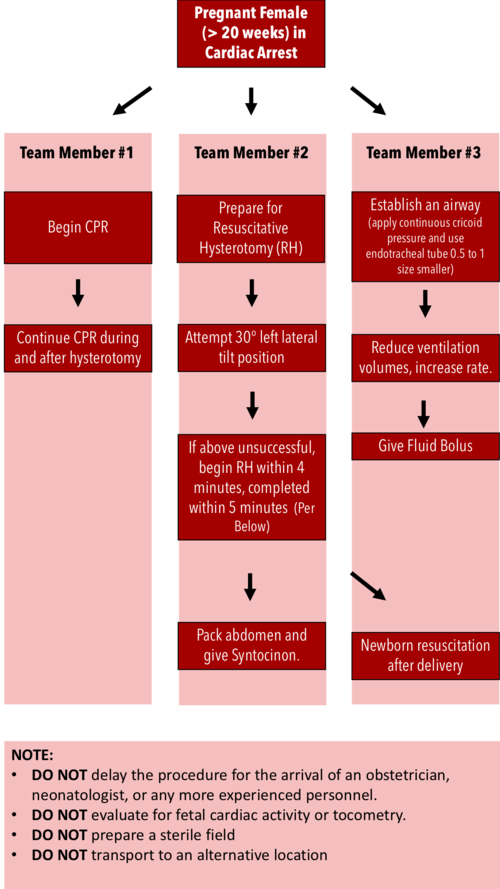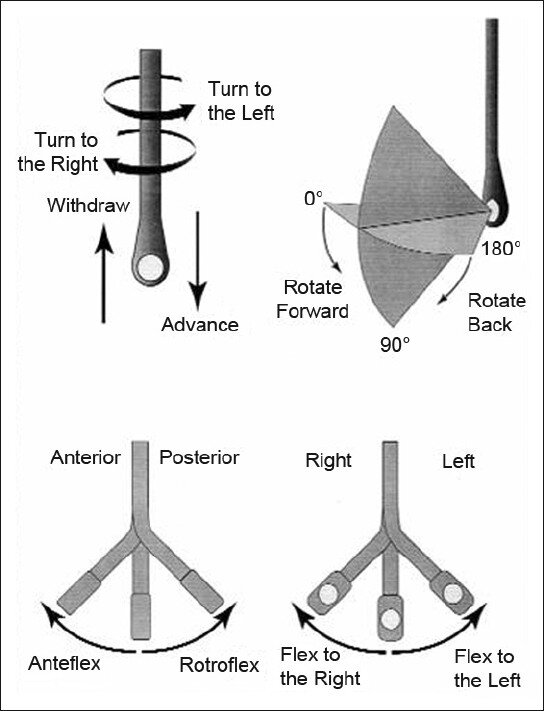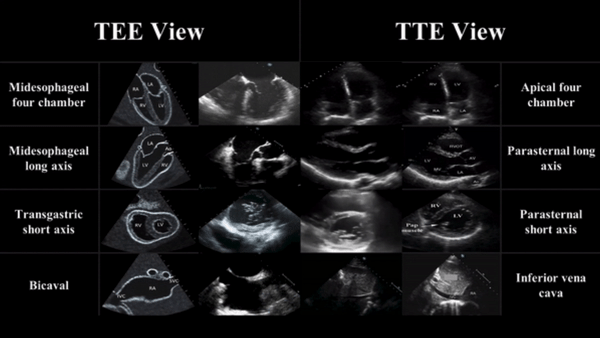“Pressors” in Cardiogenic Shock in adults
Vasopressors- Pure vasoconstriction without any inotropy eg Phenylephrine and Vasopressin
Inotrope- Increase cardiac contractility à improving SV and cardiac output without any vasoconstriction eg Milrinone
Inopressors - a combination of vasopressors and inotropes, because they lead to both increased cardiac contractility and increased peripheral vasoconstriction eg Norepinephrine, Epinephrine and Dopamine
Norepinephrine- Inopressor
Considered the safest Inopressor
Less arrhythmogenic than Epinephrine and Dopamine
Mechanism of action
Stimulates alpha-1 and alpha-2 receptors
Small amount of beta-1 agonist- modest inotropic effect
Increased coronary blood flow and afterload
Increases venous tone and return with resultant increased preload
Adverse effects
Norepinephrine is considered safer than both epinephrine and dopamine.
Still carries risk of toxicity to cardiac myocytes, cardiac arrhythmias, and peripheral vasoconstriction leading to tissue ischemia
Indications
Norepinephrine is considered first-line in cardiogenic shock with profound hypotension (SBP < 70 mm Hg)
Should be used in conjunction with dobutamine in patients with cardiogenic shock and blood pressure higher than 70 mm Hg who fail to respond to dobutamine.
Dosing
Use weight-based dosing to avoid the adverse effects associated with norepinephrine use
Weight-based dosing is based on GFR
Norepinephrine has a rapid onset of action (minutes) and can be titrated every 2-5 minutes
Dobutamine- Inopressor
Mechanism of action
Stimulates beta-1 and beta-2 receptors at approximately a 3:1 ratio
At high doses (greater than 15 ug/kg/min), dobutamine also becomes a mild alpha-1 agonist.
Because it mainly stimulates beta-1 receptors, dobutamine is mostly an inotrope
Dobutamine’s stimulation of beta-2 receptors can result in peripheral vasodilation, though the magnitude of this effect is variable à blood pressure in some (but not all) patients.
Due to its vasodilatory effects, dobutamine has been shown to improve capillary perfusion independent of changes in blood pressure and cardiac index.
Adverse Effects
Studies have demonstrated increased myocardial oxygen demand and malignant arrhythmias typically occuring at doses higher than 15 ug/kg/min
Many patients experience hypotension associated with dobutamine use and should be used with caution in patients with systolic blood pressure less than 90 mmHg
Dobutamine should only be used in patients with adequate fluid resuscitation
Indications
Current ACC/AHA guidelines à first-line agent in management of hypotension associated with acute myocardial infarction
But because dobutamine can lower BP, it should only be used if SBP is between 70-100 mmHg, with norepinephrine ready (or already infusing) as well.
Dobutamine is typically recommended as the first line agent in cardiogenic shock , but this is not a strong recommendation because several studies have demonstrated benefits to norepinephrine in this setting.
If dobutamine is used as a first-line agent, then norepinephrine should be second-line or already infusing, followed by milrinone.
Dosing
Dobutamine can be started at 2 mcg/kg/min and titrated to effect, with a maximum dose of 20 mcg/kg/min.
Onset of action is 1-2 minutes and the half-life is also approximately 2 minutes à rapidly reversible.
Milrinone- Inodilator
Mechanism of action
Milrinone is a phosphodiesterase-3 (PDE3) inhibitor à leads to cardiac smooth muscle relaxation and peripheral vasoconstriction
Potent inotropy + diastolic relaxation and vasodilation à to reduced preload, afterload, and systemic vascular resistance (SVR)
Milrinone has no beta-adrenergic activity à minimal chronotropic effects.
Adverse Effects
Because milrinone decreases preload (and therefore often leads to hypotension), it should only be used in patients who have undergone appropriate fluid resuscitation
Use of milrinone often necessitates concurrent vasopressor administration.
Because milrinone is metabolized in the kidneys, it should be avoided in patients with renal disease
Indications
Recommended for use in patients with daily beta-blocker use and in patients with long-standing heart failure who have developed resistance to catecholamine derivatives
Due to PDE’s vasodilatory effect on pulmonary vasculature à theoretical benefit in patients with pulmonary hypertension
Dosing
The starting dose of milrinone should ideally be chosen based on that patient’s renal function. The general range is 0.25-0.75 mcg/kg/min.
Avoid its use in patients with creatinine clearance less than 50 mL/min.
Because of its long onset of action and half-life, milrinone should be titrated every 2 hours (or slower, in the presence of renal disease).
Vasopressin- Pressor
Mechanism of action
Vasopressin is an endogenously released hormone (also known as anti-diuretic hormone) à vasopressin receptors in the kidneys à improve GFR
Vasopressin receptors on the peripheral vasculature à vasoconstriction.
Also causes coronary and cerebral vasodilation
Adverse Effects
Vasopressin increases the risk of digital ischemia more significantly than the catecholamine derivatives.
No evidence to support the use of vasopressin through a peripheral intravenous line
Vasopressin does not have an antidote if extravasation does occur.
Indications
Due to its increased risk for digital ischemia à avoid vasopressin in patients with known PVD
It has been proposed that because vasopressin leads to coronary vasodilation, it may be a preferable agent in cardiogenic shock but few RCTs investigating vasopressin use in cardiogenic shock.
Vasopressin may not lead to pulmonary vasoconstriction à ideal pressor choice in hypotension secondary to pulmonary hypertension à but not enough literature to support routine use in this setting
Dosing
Vasopressin is an endogenous à no utility to titrating vasopressin à used at a set dose of 0.04 U/min, regardless of weight.
Epinephrine- Inopressor
Mechanism of action
Beta-1 and beta-2 receptors agonism à more inotropic effects than norepinephrine
Epinephrine greatly increases chronotropy (heart rate) and thus stroke volume
Some stimulatory effect on alpha-1 receptors
Lower doses (1-10 mcg/min) à a beta-1 agonist
Higher doses (greater than 10 mcg/min) à an alpha-1 agonist
Adverse effects
Associated with an increased risk of tachycardia and lactic acidosis
Hyperglycemia
Increased incidence of arrhythmogenic events associated with epinephrine
More difficult use lactate as a marker of the patient’s response to treatment
Indications
Should be used with extreme caution in cases of cardiogenic shock:
RCT of 219 patients with cardiogenic shock found epinephrine to be independently associated with increased 90-day mortality and worsened renal function compared to dobutamine and norepinephrine (not validated).
Known increased incidence of arrhythmogenic events associated with epinephrine
Dosing
doses of 1-10 mcg/min predominantly activate beta-1 receptors, while doses greater than 10 mcg/min begin to primarily affect alpha-1-mediated vasoconstriction.
Phenylephrine: Not recommended in Cardiogenic shock
Resource: Awesome chart summarizing plessors
http://www.emdocs.net/wp-content/uploads/2018/02/Inopressor-Summary_chart.pdf
References:
http://www.emdocs.net/evidence-based-approach-pressors-shock-part/
www.emdocs.net
http://www.emdocs.net/evidence-based-approach-pressors-shock-part-ii/
www.emdocs.net
Tarvasmäki T, Lassus J, Varpula M, Sionis A, Sund R, Køber L, et al. Current real-life use of vasopressors and inotropes in cardiogenic shock-adrenaline use is associated with excess organ injury and mortality. Critical Care. 2016;20(1):208.








